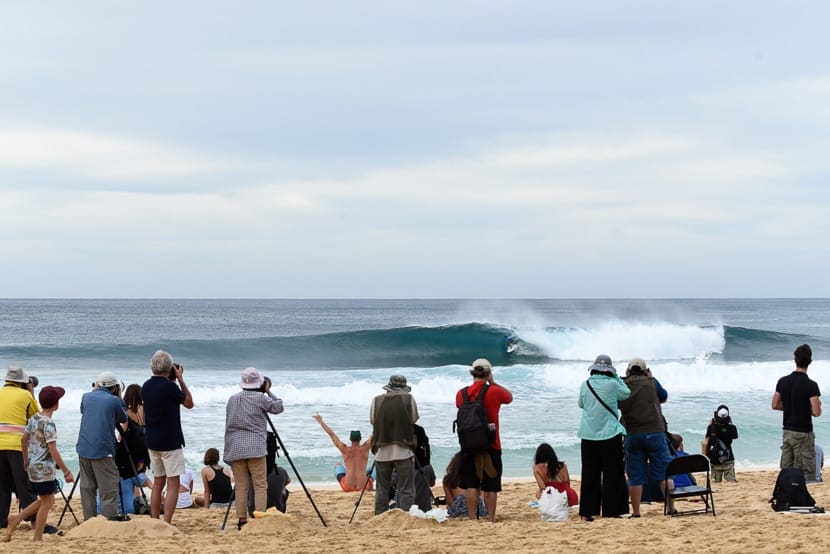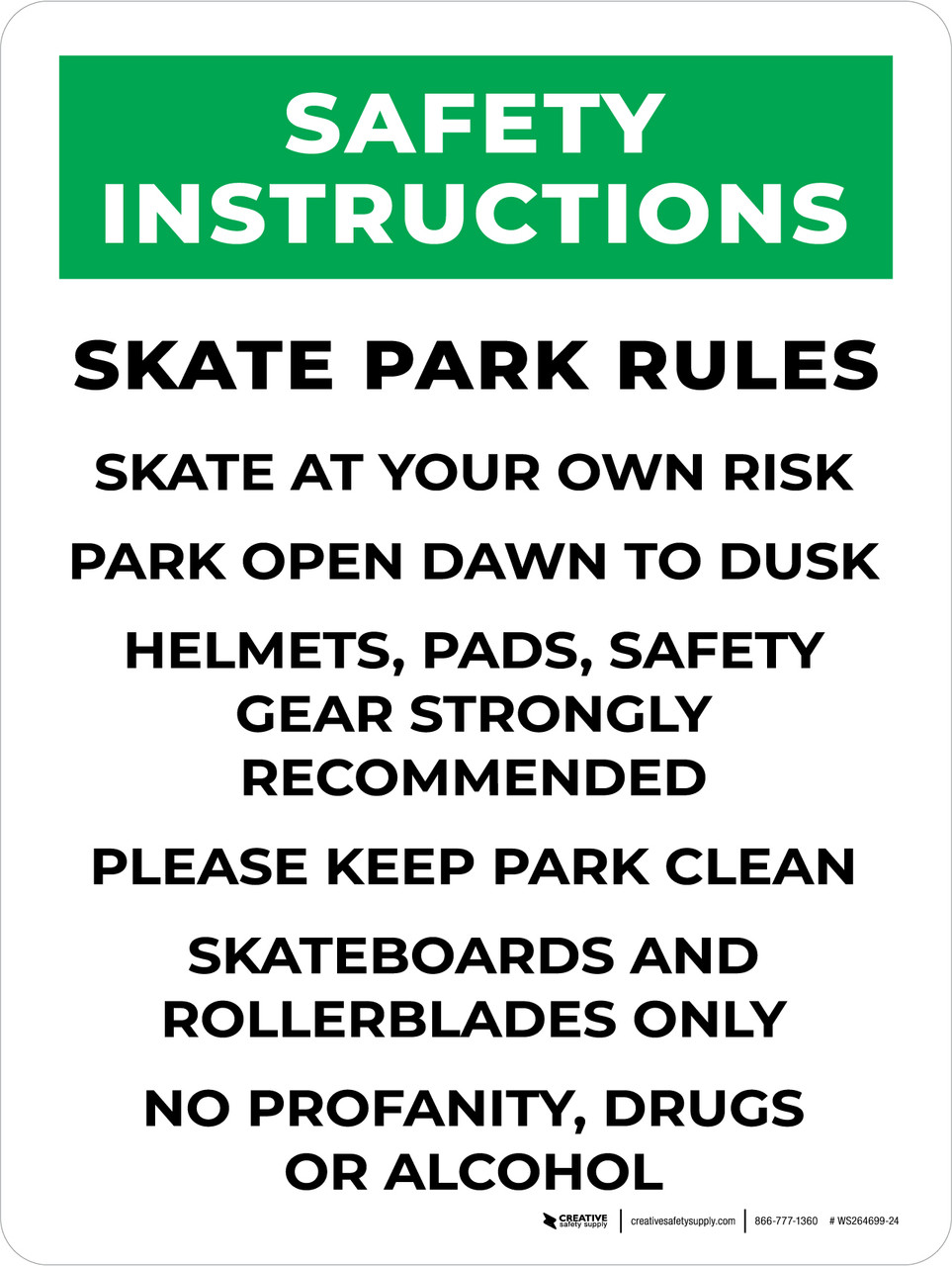
Canoeing Equipment: A Buyer’s Guide to Paddling Perfection
Canoeing, a timeless pursuit blending nature’s tranquility with the thrill of adventure, demands the right equipment for a safe and enjoyable experience. Whether you’re a seasoned paddler or a curious beginner, selecting the appropriate gear is crucial. This comprehensive guide navigates the complexities of canoeing equipment, providing expert tips to ensure your next trip is a resounding success.
I. The Canoe Itself: Choosing Your Vessel
The heart of your canoeing experience lies in the canoe itself. The market offers a vast array of options, each designed for specific paddling styles and conditions. Understanding these distinctions is paramount:
-
Material: Canoes are typically crafted from aluminum, fiberglass, polyethylene (plastic), wood, or composite materials. Aluminum canoes are durable and lightweight, ideal for rugged terrains. Fiberglass canoes offer excellent performance and sleek aesthetics but are more prone to damage. Polyethylene canoes are virtually indestructible, making them perfect for beginners or those navigating rocky waters. Wooden canoes represent a classic choice, prized for their beauty and craftsmanship, though they require more meticulous care. Composite canoes combine the best features of different materials, offering a balance of durability, performance, and weight.
-
Length and Width: The length and width directly influence the canoe’s stability and speed. Longer canoes generally offer greater speed and glide, while wider canoes provide increased stability. Consider your paddling style and the conditions you’ll typically encounter. Beginners might prefer a wider, more stable canoe, while experienced paddlers might opt for a longer, faster model.
-
Type: Different canoe types cater to specific needs. Open canoes are the most common, offering ample space and versatility. Tandem canoes are designed for two paddlers, allowing for collaborative paddling and increased carrying capacity. Solo canoes are lighter and more maneuverable, ideal for solo trips. Whitewater canoes are built for navigating rapids and rough waters, characterized by their robustness and maneuverability. Touring canoes are designed for longer trips, prioritizing storage space and stability.
-
Capacity and Weight Capacity: Ensure the canoe’s capacity aligns with the number of passengers and the amount of gear you plan to carry. The weight capacity is equally important, preventing overloading and potential capsizing.
II. Paddles: The Engine of Your Adventure
The paddle is your primary means of propulsion, and selecting the right one significantly impacts your paddling efficiency and comfort.
-
Paddle Length: Paddle length is crucial for proper technique and minimizing strain. Generally, stand with the paddle vertical and extend it overhead; the top should reach approximately your eye level. Many manufacturers provide sizing charts based on height and canoe type.
-
Blade Shape and Size: The blade’s shape and size influence power and maneuverability. Wider blades generate more power, while narrower blades offer better control and maneuverability. Consider your paddling style and the type of water you’ll be navigating.
-
Shaft Material: Paddles are typically made from wood, aluminum, fiberglass, or carbon fiber. Wood paddles are classic and aesthetically pleasing, but can be heavier. Aluminum paddles are durable and affordable, while fiberglass and carbon fiber paddles offer lighter weight and increased performance.
-
Grip and Shaft Design: The paddle’s grip should be comfortable and secure. Consider ergonomic designs that minimize hand fatigue. The shaft’s shape and material also contribute to overall comfort and efficiency.
III. Personal Flotation Devices (PFDs): Essential Safety Gear
Safety should always be the top priority. Wearing a properly fitted PFD is non-negotiable.
-
Type: Choose a PFD appropriate for your paddling activities. Type III PFDs are suitable for calm waters, while Type V PFDs offer more versatility and can be used in various conditions. Type I PFDs offer the highest level of buoyancy and are recommended for challenging waters.
-
Fit: The PFD should fit snugly but comfortably, allowing for full range of motion. It should not restrict breathing or movement. Always check the manufacturer’s instructions for proper sizing and fitting.
IV. Essential Accessories: Enhancing Your Canoeing Experience
Beyond the canoe and paddle, several accessories significantly enhance your paddling experience:
-
Spray Skirt: A spray skirt prevents water from entering the canoe, particularly beneficial in rough or wet conditions. It is essential for tandem canoes and for solo paddlers in demanding situations.
-
Bailers: Bailers are used to remove water that has entered the canoe. Keep a few on board for efficient water removal.
-
Throw Bag: A throw bag is a vital safety device, allowing you to quickly and easily throw a rope to someone who has fallen into the water.
-
First-aid Kit: A well-stocked first-aid kit is crucial for dealing with minor injuries.
-
Dry Bags: Dry bags protect your gear from water damage. Use them to store electronics, clothing, and other sensitive items.
-
Map and Compass/GPS: Navigation tools are essential, especially for longer trips or unfamiliar waters.
-
Whistle: A whistle is a signaling device that can be used in emergencies.
-
Repair Kit: A repair kit allows for quick fixes in case of minor damage to the canoe or paddle.
-
Sunscreen and Insect Repellent: Protect yourself from the sun and insects with appropriate sunscreen and insect repellent.
-
Headlamp or Flashlight: For early morning or late evening paddles, a headlamp or flashlight is essential for navigation and safety.
-
Appropriate Clothing: Dress in layers, anticipating changing weather conditions. Quick-drying fabrics are recommended. Wear footwear that provides a secure grip and protection.
V. Budgeting and Research:
Canoeing equipment investment varies greatly depending on your needs and budget. Beginners can start with a reasonably priced polyethylene canoe, a basic paddle, and a PFD. As your experience grows, you can gradually upgrade to higher-quality equipment.
Thorough research is crucial before making any purchases. Read reviews, compare prices, and consult with experienced paddlers. Visit local sporting goods stores and talk to knowledgeable staff. Don’t hesitate to ask questions and seek advice.
VI. Maintenance and Care:
Proper maintenance extends the lifespan of your canoeing equipment. Rinse your canoe after each use to remove dirt and debris. Store your canoe in a dry place, away from direct sunlight and extreme temperatures. Inspect your paddle regularly for cracks or damage. Clean and lubricate moving parts as needed. Regular maintenance ensures your equipment remains in optimal condition, providing years of safe and enjoyable paddling.
By carefully considering these tips and investing in high-quality equipment, you can embark on countless memorable canoeing adventures. Remember, safety is paramount, and proper preparation ensures a smooth and enjoyable journey on the water. Happy paddling!


